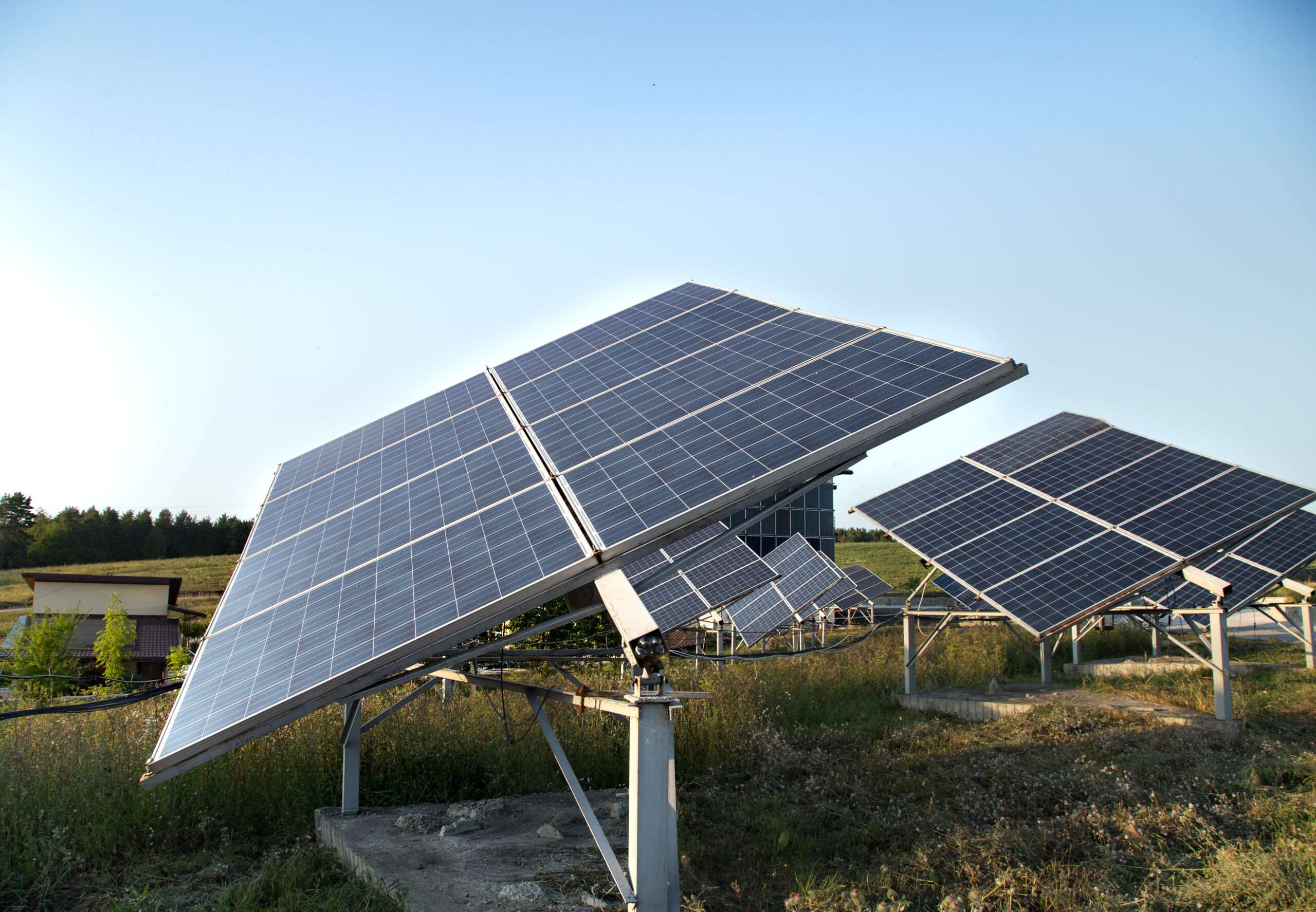Caraculo solar power plant project is now underway and being constructed by Solenova a joint venture controlled equally by Italy’s energy company Eni and Angola’s Sonangol. The project is a 50 MW solar energy facility in Caraculo, Angola’s Namibe region. Caraculo solar power plant will be Angola’s first solar photovoltaic power plant.
Caraculo solar power plant is being built in two parts, with the first phase including a capacity of 25 MW. Saipem, an Italian multinational oilfield services business, will be in charge of the project’s construction services.
Also Read: Centralidade do Halaval community and housing project unveiled in Angola
Solar energy will be used to generate electricity, which will be sent to Angola’s southern territorial grid. The solar facility will help reduce fuel use for power generation and facilitate the energy transition and diversification of Angola’s energy grid, particularly in the southern area. Caraculo’s photovoltaic plant will be able to prevent 50 KtCO2eq of GHG emissions per year in terms of environmental advantages.
50 MW solar energy facility in Caraculo to help Angola meet electrification targets
According to Eni, the solar energy facility is in line with the country’s energy plans and commitments, “Angola Energy 2025,” Angola’s long-term energy strategy. Currently the country is focused on the main objective of increasing the country’s installed power generating capacity to 9.9 gigatonnes (GW) and achieving a 60% electrification rate by 2025.
The project will also help Angola’s government reach its “Action Plan of the Energy and Water Sector 2018 – 2022” targets, which include a target of 500 MW of extra renewable energy (Solar, Eolic, biomass, and Mini-Hydro) by 2022, with a special focus on utility size solar projects. The initiative also aligns with the seventh Sustainable Development Goal of the United Nations: access to clean and affordable energy. Angola now has an installed capacity of little more than 6 000 MW and an electrification rate of roughly 45%. The country now relies mostly on oil, gas, and hydropower to satisfy its electrical demands.
Reported April 2021
Angola’s Caraculo Photovoltaic plant construction expected in 2022
Solenova JV has completed front end activities for phase 1 of Caraculo Photovoltaic plant construction in Angola, with expected start-up in 2022. This was revealed during a meeting between Angolan President Joao Lourenco and Eni CEO Claudio Descalzi recently. The project is being carried out by a 50-50 joint venture between Italian oil company Eni and national oil company Sonangol (Solenova).
The Caraculo Photovoltaic plant construction is located in Namibe Province, in the southwest of the country, known more for its aridity than for its oil resource wealth. According to Eni, phase 1 of the project will be followed by another phase that will allow the solar power plant to have a total capacity of 50MWp. “The implementation of the first phase which will produce 25MWp will reduce diesel consumption by an estimated 13,500 cubic metres per year, reducing electricity production costs and greenhouse gas emissions by about 20,000 tonnes of carbon dioxide per year,” said the company.
Also Read: 400kWP solar and 912kWh battery storage project in Mozambique on track
Investing in less polluting energy sources
With the Caraculo Photovoltaic plant project, Eni reaffirms its new strategy to invest in less polluting energy sources, mainly solar photovoltaic projects. The company expects to carry out such projects in countries where they exploit oil, such as Algeria in North Africa and Ghana in West Africa.
In Angola, Eni already supports rural development in Namibe Province. It is a strategic investment that could enable the Italian company to win new oil concessions in the waters of the Namibe basin. The construction of a solar power plant in Namibe province will also support the Angolan government’s plan to move away from “all oil”.
Reported December 2021
Eni and Sonangol Sign DFI for the Caraculo solar project in Angola
The final investment decision (FID) for Solenova’s Caraculo solar PV project in Angola has been signed. Solenova is a joint venture between oil firms Eni and Sonangol. In the Namibe province, this will lead to the construction of a 50 MWp solar photovoltaic plant.
Also Read: Modernization of Namibe and Sacomar Ports in Angola to start in 2022
Solenova’s Caraculo Solar PV project has reached a critical juncture. Solenova, the project’s developer, has signed the sustainable energy project’s final investment decision (FID). Once finalized, the project would see 50 MWp of solar photovoltaic panels installed in Caraculo, a hamlet in the Namibe region noted for its dry conditions.
Phases and Process of Caraculo solar PV project
The project’s backer, Solenova, is a joint venture between Eni, an Italian oil corporation, and Sonangol, an Angolan business. According to Eni, the project will be phased in, with the first phase of 25 MWp. For the first stage of the project, the project developer has already signed an engineering, procurement, and construction (EPC) contract. The facility’s construction will commence in the fourth quarter of 2022. Eni further noted that the Caraculo PV project would be a major source of renewable electricity in Namibe province, lowering diesel usage for power generation and helping Angola’s energy transformation.
The construction of this project should also help to close the energy gap between the north and south of Angola, where the majority of the country’s infrastructure is located. The government of Angola is now striving to diversify the country’s electrical mix as well as improve electricity generation and transmission facilities in the south. Total Eren’s proposal to develop a 35 MWp solar photovoltaic project at Quilemba, in the country’s southwest, was recently authorized by Luanda. The project is being implemented by a subsidiary of the French oil corporation TotalEnergies in collaboration with the state-owned Sonangol and Luanda-based Angola Environment Technology (Greentech).

